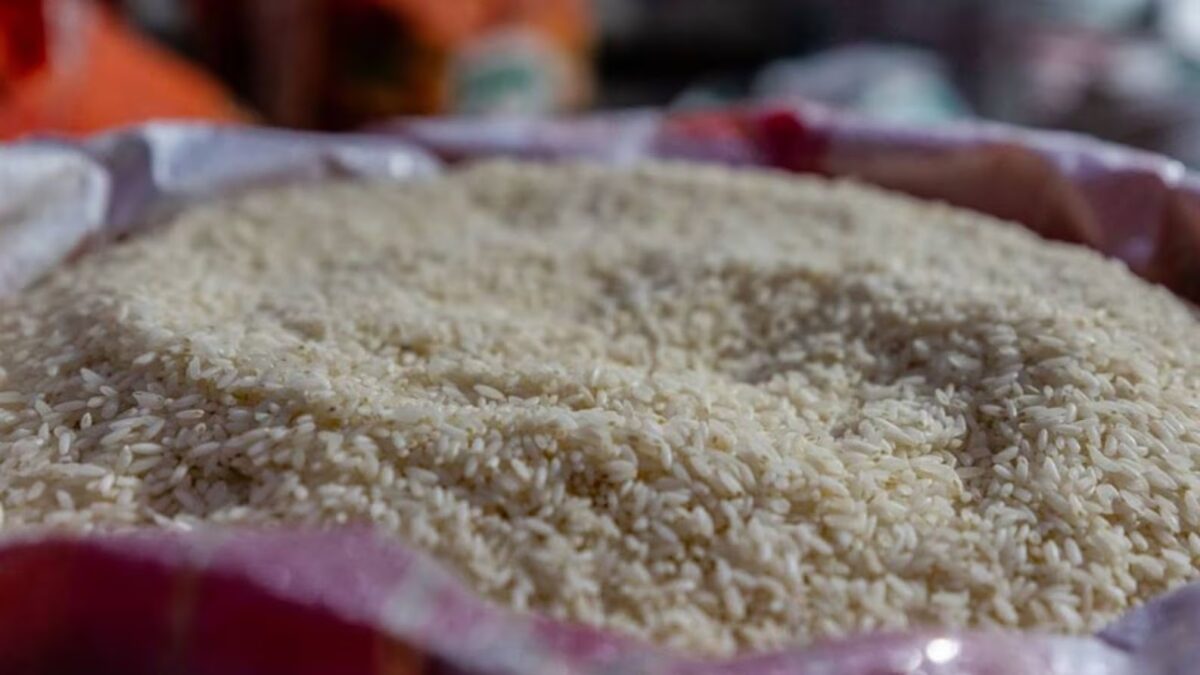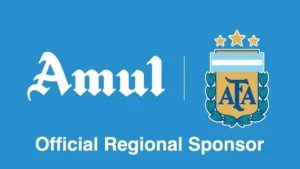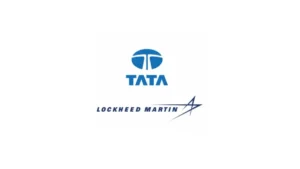In a bid to address the soaring rice inflation, the Government of India is contemplating a strategic move—selling rice under the ‘Bharat’ brand, a proposal that is currently under consideration. While the discounted rate for this initiative is yet to be finalized, it marks a significant step in the government’s efforts to stabilize retail rice prices.
Challenges with OMSS
- The Ministry’s attempts to curb retail rice prices by enhancing domestic availability through the Open Market Sale Scheme (OMSS) have faced a lukewarm response.
- Under OMSS, the Food Corporation of India (FCI) has been offering quality rice at a reserve price of ₹29 per kg.
- However, the program has not yielded the desired results, prompting the government to explore alternative strategies such as selling rice under the ‘Bharat’ brand.
Proposal for ‘Bharat Rice’
- The proposal to retail ‘Bharat rice’ is on the table, but the crucial aspect of determining the selling price remains undecided.
- The official revealed that whether the rice would be sold at the existing reserve price or at a reduced rate is a decision that lies in the hands of the Group of Ministers.
- This deliberation underscores the importance of striking a balance between making rice more affordable for consumers and ensuring the financial viability of the initiative.
Expanding the ‘Bharat’ Brand
- The government has already ventured into selling essential commodities like wheat flour (atta) and pulses under the ‘Bharat’ brand.
- These products are made available through outlets managed by key entities such as the National Agricultural Cooperative Marketing Federation of India (NAFED), National Cooperative Consumers’ Federation (NCCF), and Kendriya Bhandar.
- The expansion of the ‘Bharat’ brand to include rice aligns with the government’s broader strategy to provide essential food items to the masses at affordable rates.
FCI’s Performance Under OMSS
- The Food Corporation of India (FCI) has encountered challenges in selling rice under OMSS, managing to sell only 3.04 lakh tonnes so far this year.
- In contrast, the nodal agency has been more successful in selling wheat, with 82.89 lakh tonnes sold under OMSS, according to official data.
- The disparities in performance between rice and wheat sales underscore the need for targeted interventions to address the specific challenges posed by rice inflation.
Rising Rice Inflation and Government Concerns
- With rice inflation currently standing at 13% year-on-year, the government is growing increasingly concerned about the impact of key food prices on the economy, particularly in the lead-up to the 2024 general elections.
- The proposed sale of ‘Bharat rice’ reflects a proactive measure aimed at mitigating the effects of inflation on an essential staple in the Indian diet.
Important Questions Related to Exams
Q1. What is the government’s strategy to tackle rice inflation?
Option A: Implementing the ‘Bharat’ brand for FCI rice.
Option B: Introducing discounted FCI rice under the ‘Bharat’ brand.
Option C: Exploring alternative measures to stabilize retail rice prices.
Q2. Which other essential commodities are already being sold under the ‘Bharat’ brand?
Option A: Wheat flour (Atta) and Pulses.
Option B: Edible Oils and Sugar.
Option C: Rice and Cooking Essentials.
Q3. What is the full form of OMSS?
Option A: Open Market Sale Scheme.
Option B: Operational Management Support System.
Option C: Organic Market Sourcing Strategy.
Q4. What is the reserve price set for rice under the Open Market Sale Scheme (OMSS)?
Option A: The reserve price for rice under OMSS is ₹29 per kg.
Option B: The reserve price for rice under OMSS is ₹33 per kg.
Option C: The reserve price for rice under OMSS has not been decided yet.
Please provide your answers in the comments section.




 Amul Renews Partnership with Argentina F...
Amul Renews Partnership with Argentina F...
 Adani Group to Invest Over $75 Billion i...
Adani Group to Invest Over $75 Billion i...
 Tata–Lockheed Martin to Build New MRO Fa...
Tata–Lockheed Martin to Build New MRO Fa...







